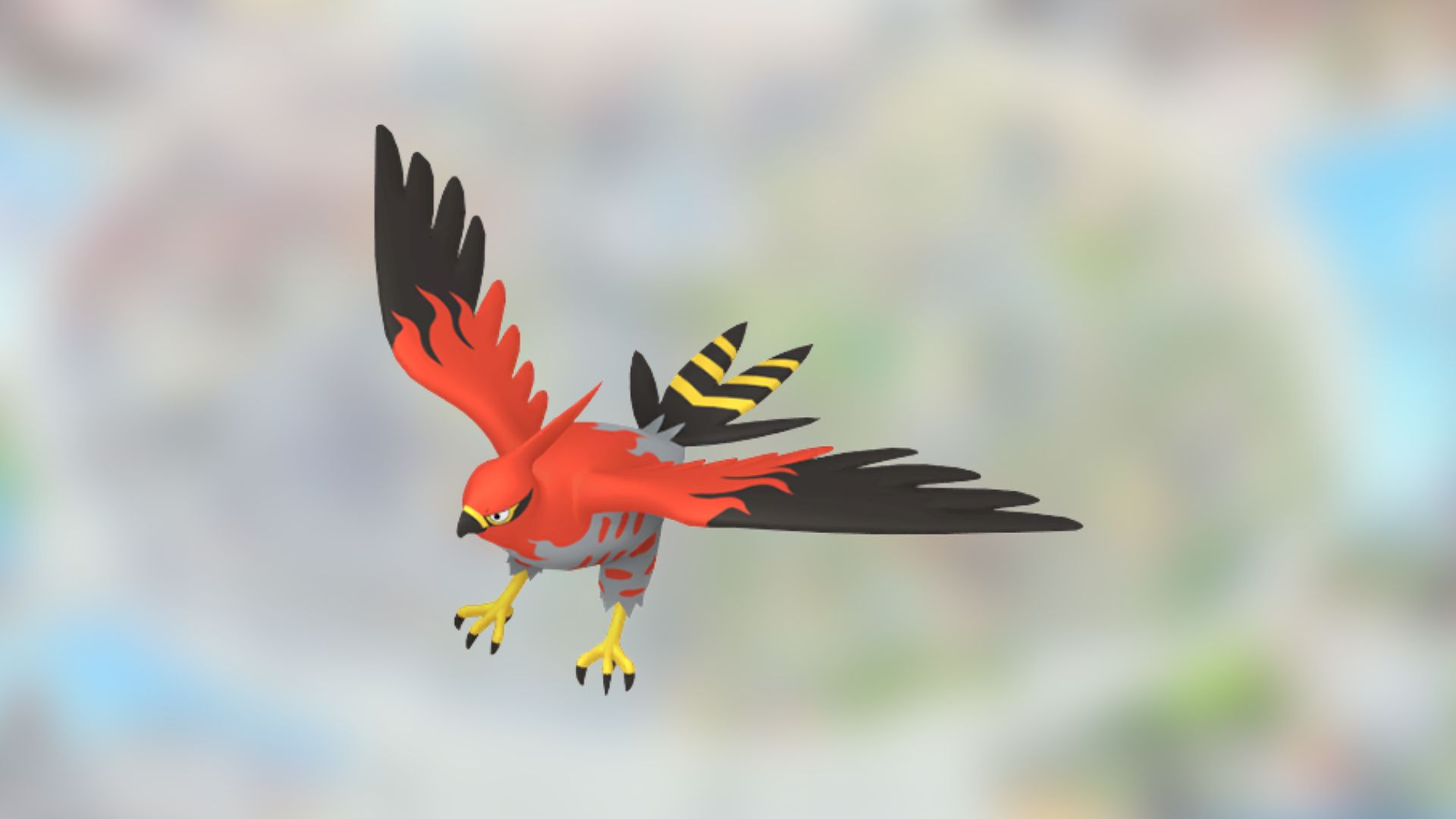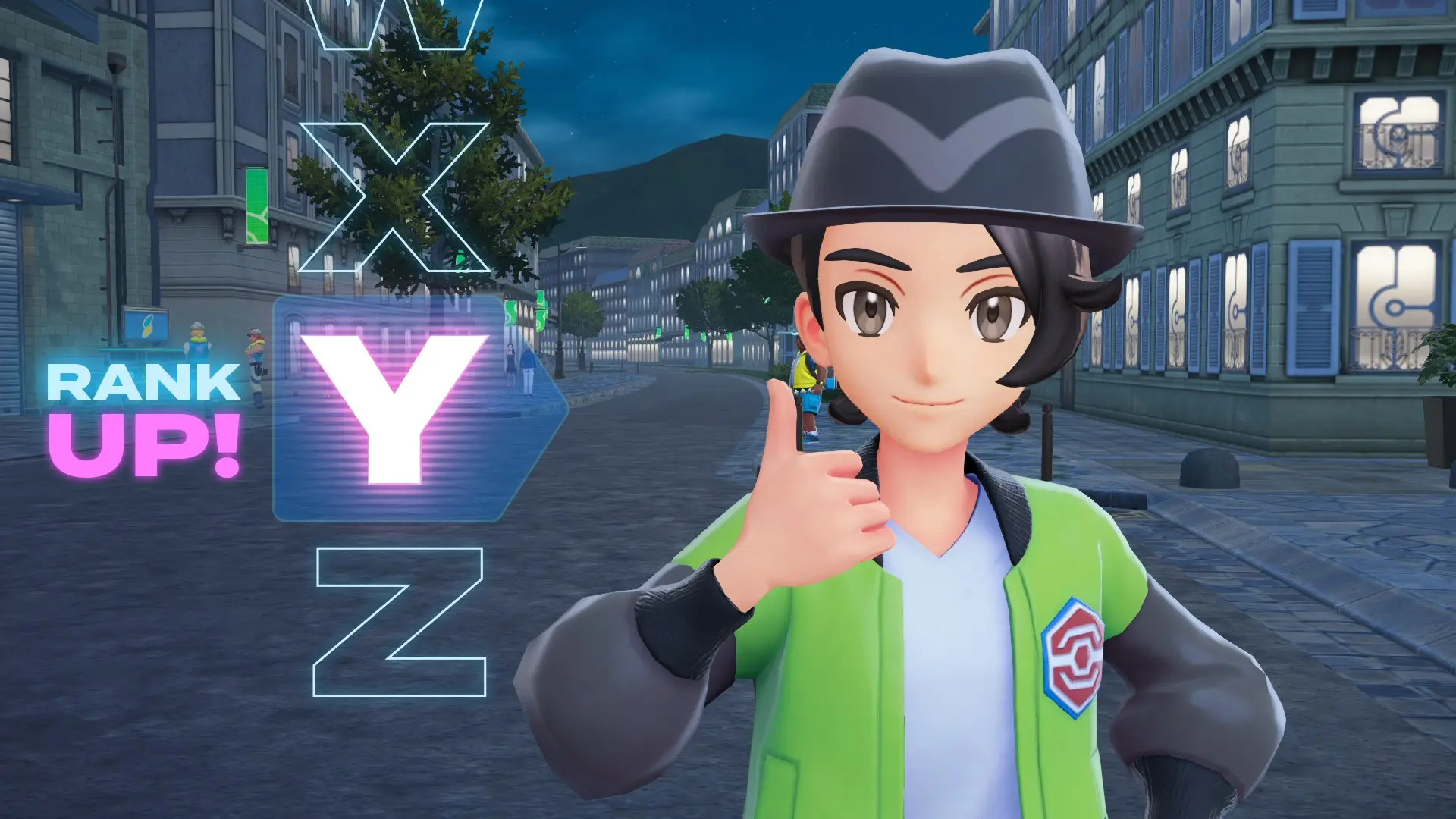Here’s everything you need to know about Pokemon Legends Z-A running on the Switch 1 and Switch 2, in terms of performance, specs, and more.
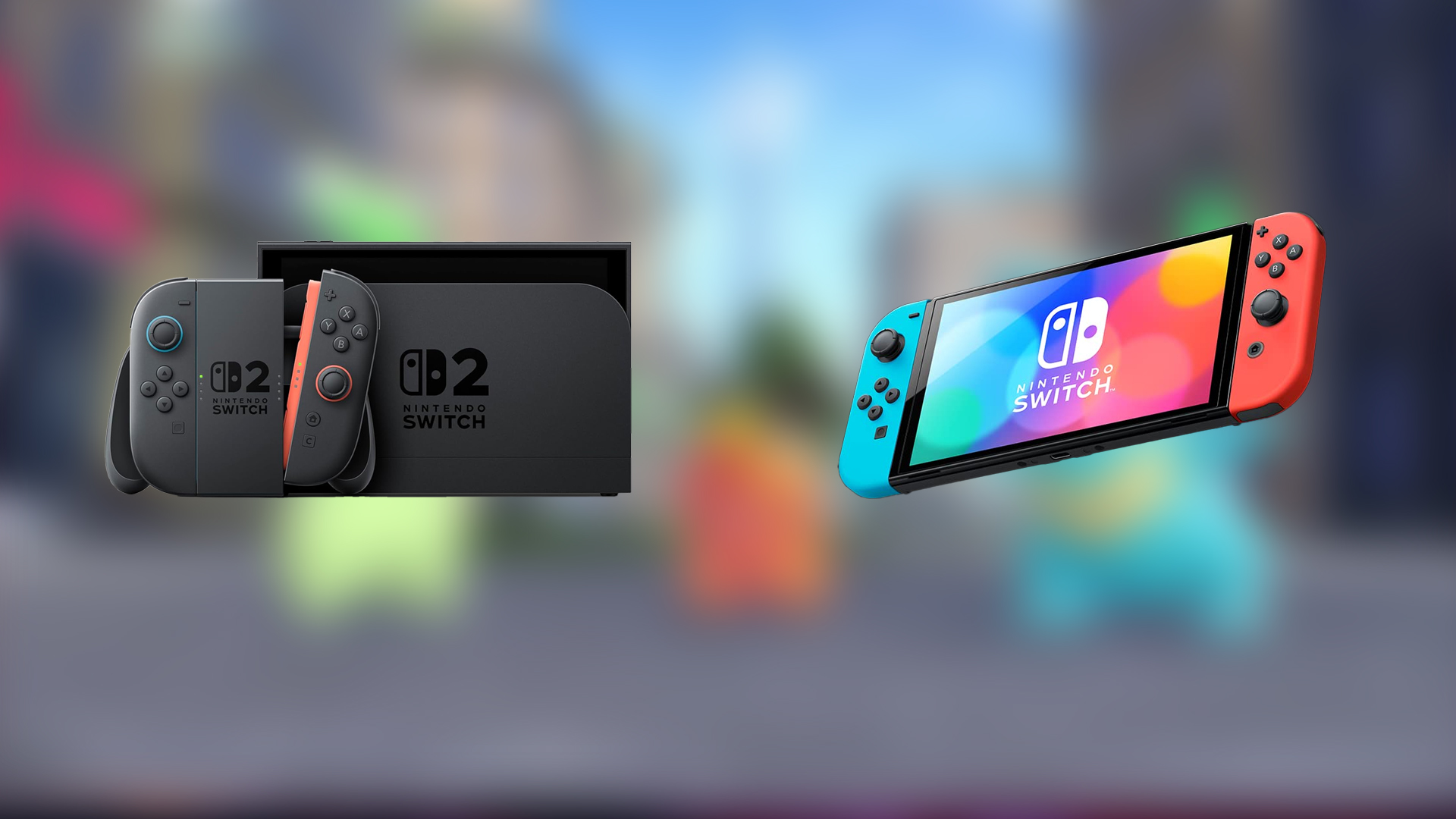
Pokemon Legends Z-A is an entertaining game to play on handhelds. It is made available on both Switch 1 and Switch 2. Although it is the same game on different devices, there are many differences you need to know. This guide helps you make the right choice and avoid overspending.
Note: This article is purely subjective and portrays the writer’s perspective.
Read More: Pokemon Legends Z-A: Reaching Rank D Walkthrough
Pokemon Legends Z-A: Switch 1 vs Switch 2 Detailed Comparison
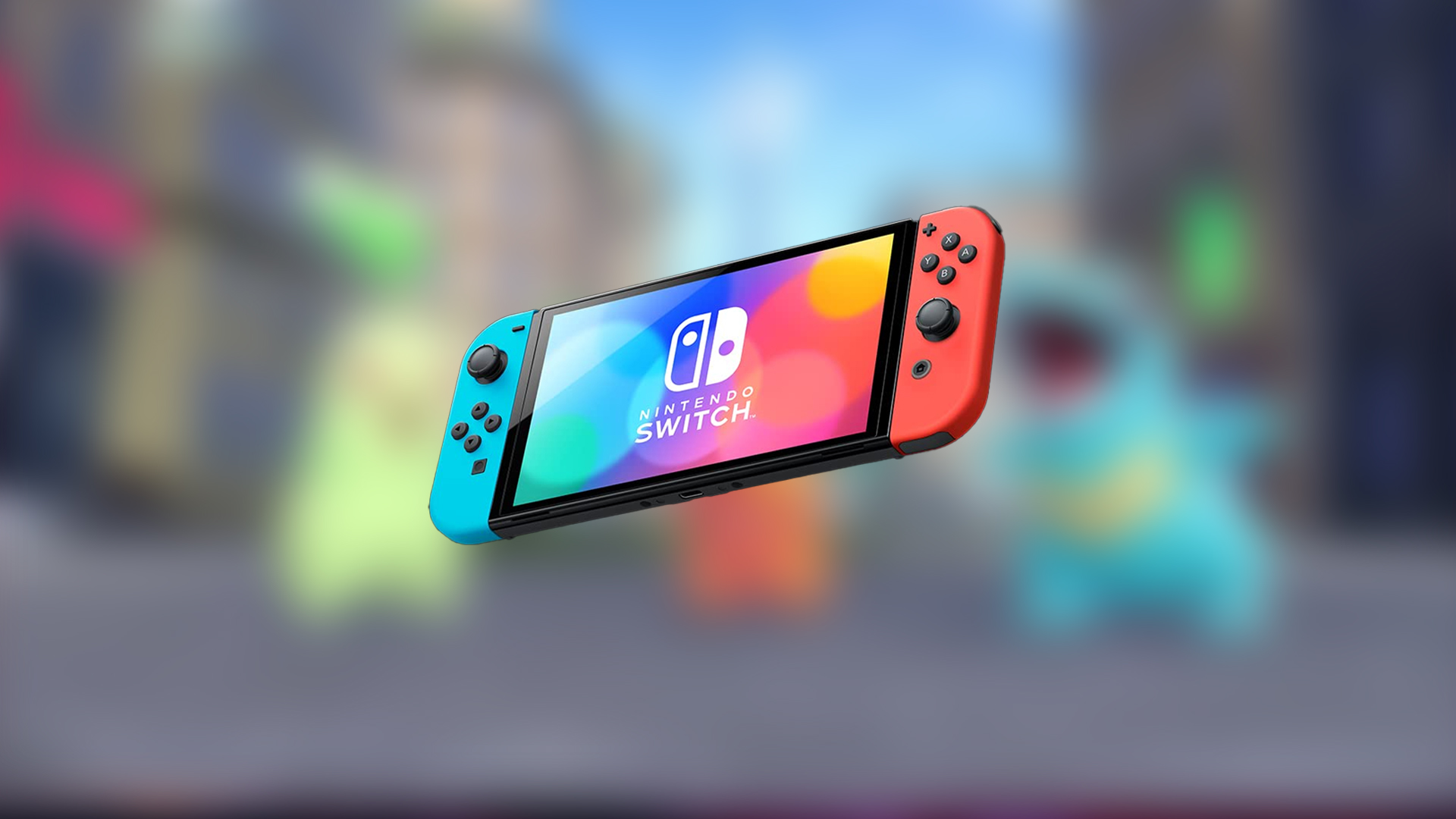
Switch 2’s version has better graphics, thanks to better hardware, more available resources, and AI-based upscaling and anti-aliasing via DLSS. Below is a detailed comparison of the two.
Specs Comparison
| Specifications | Nintendo Switch 1 | Nintendo Switch 2 |
|---|---|---|
| Frame Rate | 30 FPS | 60 FPS |
| Resolution (Docked) | 1080p max (common 800p) | 2160p scaled (common 1080p with DLSS) |
| Resolution (Handheld) | 720p | 1080p |
| Texture Quality | Lower quality | Sharper textures |
| Draw Distance | Limited culling | Much higher |
| Shadow Quality | Lower resolution, flickering | Higher resolution |
| Anti-Aliasing | Jagged edges, harsh | DLSS / DLAA improves it |
| Load Time (Dashboard) | 9-10 seconds (approximate) | 6 seconds (approximate) |
| Load Time (Save File) | 11 seconds (approximate) | 4 seconds (approximate) |
| Pop-In Issues | Very frequent | Less frequent, still present |
| File Size | 4.1 GB (approximate) | 7.7 GB (approximate) |
| Base Game Price | $59.99 | $69.99 |
| Upgrade Pack | N/A | $9.99 |
Switch 2 targets 60 FPS, and Switch 1 is capped at 30 FPS. In terms of motion fluidity, the Switch 2 hands down wins.
Performance Comparison
| Performance Metrics | Nintendo Switch 1 | Nintendo Switch 2 |
|---|---|---|
| Overworld FPS | Stable 30 FPS | Stable 60 FPS |
| Combat FPS | Stable 30 FPS, stutters with effects | Smooth 60 FPS |
| Camera Transitions | Noticeable stuttering | Smooth |
| NPC Animation Distance | Choppy at 10+ feet | Smooth at greater distances |
| Mega Evolution Battles | Playable at 30 FPS | Fluid at 60 FPS |
Note: Performance metrics are based on publicly available sources on the internet.
Switch 1 offers 30 FPS during gameplay and does not suffer from input lag during combat. However, there will be noticeable stuttering, particularly when panning the camera, zooming in on trainers, or catching Pokemon. Even in docked mode, these issues persist.
Switch 2 delivers a consistent 60 FPS and does not stutter when you pan the camera, catch Pokemon, or zoom in.
Visual Quality Comparison
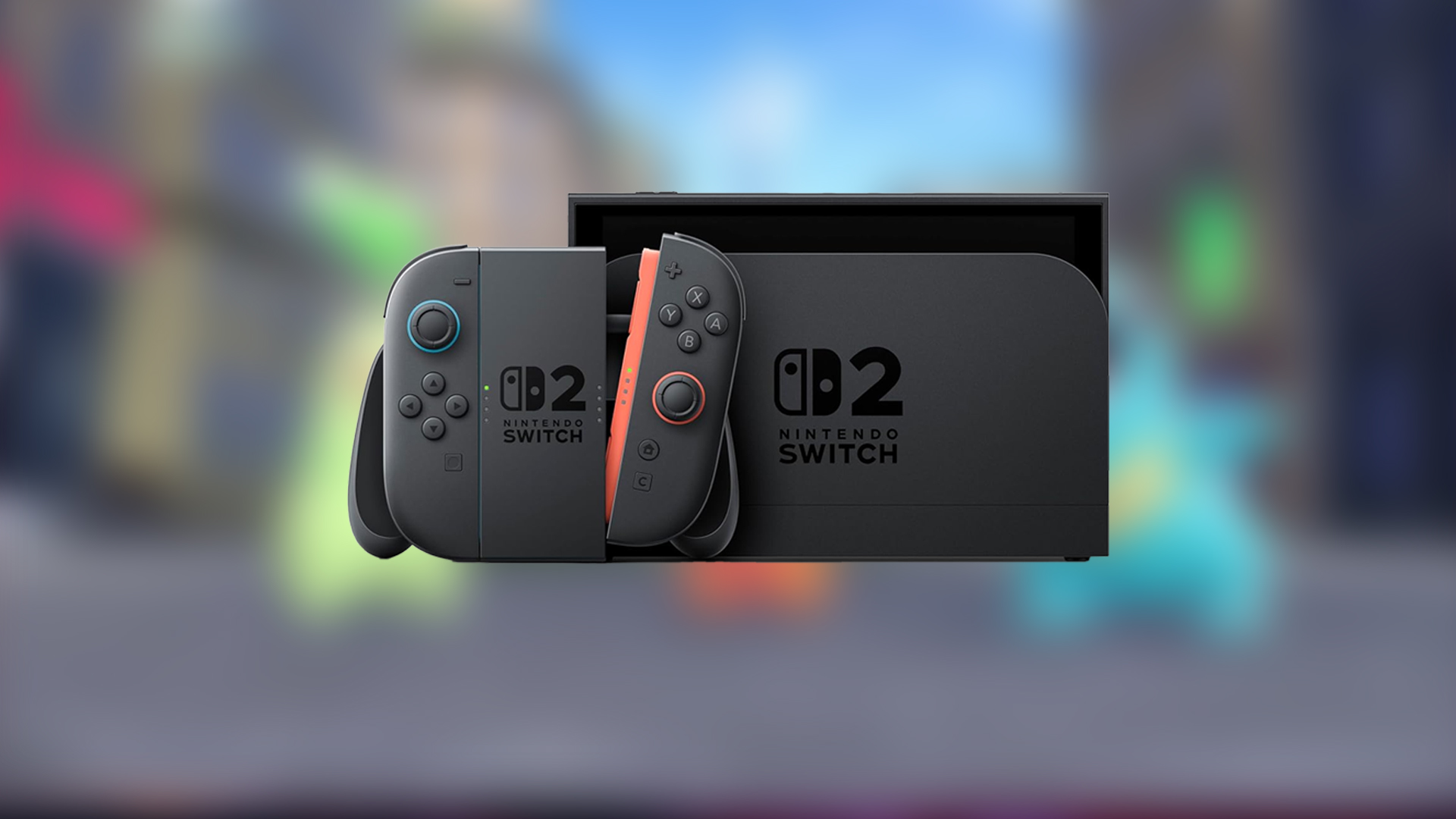
| Visual Elements | Nintendo Switch 1 | Nintendo Switch 2 |
|---|---|---|
| Textures | Blurry, filtering issues | Sharper, improved filtering |
| Shadows | Lower resolution, flickering | Higher resolution |
| Aliasing | Harsh jagged edges | Much reduced via DLSS |
| NPC Draw Distance | Aggressive culling at ~10 feet | Extended draw distance |
| Asset Pop-In | More often | Less than Switch 1, but still present |
Better hardware in Switch 2 results in the game looking better than in Switch 1. This is because of better hardware specs, allowing developers to utilize higher textures, draw distance, and other factors. Additionally, the use of DLSS in Switch 2 allows the upscaling algorithm to reduce noise, clean up the image, and reduce temporal stability.
As for the asset pop-in issues, they are apparent on both consoles. NPCs and Pokemon randomly appear and disappear at identical locations. On both Switch 1 and 2, this happens from time to time. This is a fundamental design issue rather than a hardware limitation.
Hardware Specifications
| Hardware Specs | Nintendo Switch 1 | Nintendo Switch 2 |
|---|---|---|
| Processor | Nvidia Tegra X1 | Nvidia Tegra T239 |
| CPU Cores | 4x ARM Cortex-A57 | 8x ARM Cortex-A78C |
| GPU Architecture | Maxwell (256 CUDA cores) | Ampere (1,536 CUDA cores) |
| GPU Clock (Docked) | 768 MHz | 1,007 MHz |
| GPU Clock (Handheld) | 307-460 MHz | 561 MHz |
| GFLOPS (Docked) | 393 GFLOPS | ~3,072 GFLOPS |
| RAM | 4GB LPDDR4 | 12GB LPDDR5X |
| Memory Bandwidth (Docked) | 25.6 GB/s | 102.4 GB/s |
| Internal Storage | 32GB | 256GB UFS 3.1 |
| DLSS Support | No | Yes |
In terms of raw specs, the Switch 2 is leagues above the Switch 1. Faster storage, more RAM, and higher memory bandwidth ensure lower load times, higher frame rates (60FPS), and better performance.
Price Comparison
| Version | Physical | Digital | Upgrade Pack |
|---|---|---|---|
| Switch 1 | $59.99 | $59.99 | N/A |
| Switch 2 | $69.99 | $69.99 | N/A |
| Switch 1 + Upgrade | N/A | $59.99 | $9.99 |
Final Verdict on Pokemon Legends Z-A Switch 1 vs Switch 2
The Switch 2 version is superior. The 60 FPS helps a lot in the gameplay. Improved resolution via DLSS, sharper textures, better draw distance, and faster load times translate to a better overall visual experience.
As for the Switch 1 version, it plays just fine. Performance is stable at 30 FPS with no input lag during gameplay. There are a few camera stuttering issues, as we mentioned earlier, but nothing game-breaking. That said, you can expect longer load times and lower draw distances, all because of much weaker hardware.
- For Switch 2 owners: Buy the Switch 2 version or the $9.99 upgrade. The performance improvements justify the cost.
- For Switch 1 owners without upgrade plans: The Switch 1 version works fine. You can complete the adventure without any major issues.
- For those considering upgrading consoles: A $450 Switch 2 plus $70 game ($520 total) versus a $60 Switch 1 version is quite hard to justify unless you plan to buy multiple Switch 2 games.
- The $10 price gap is fair. If you have a Switch 2, play it on that one. If you don’t, the Switch 1 version works just fine.
Read More: Pokemon Legends Z-A: How To Get Zygarde
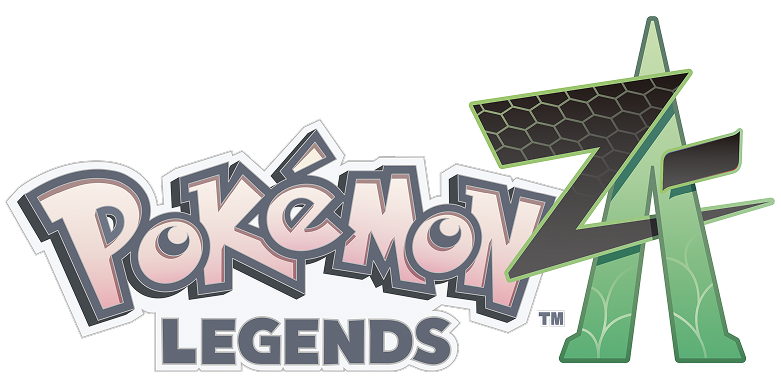
We provide the latest news and create guides for Pokemon Legends Z-A. Meanwhile, you can check out the following articles or catch us playing games on YouTube:
 Reddit
Reddit
 Email
Email
